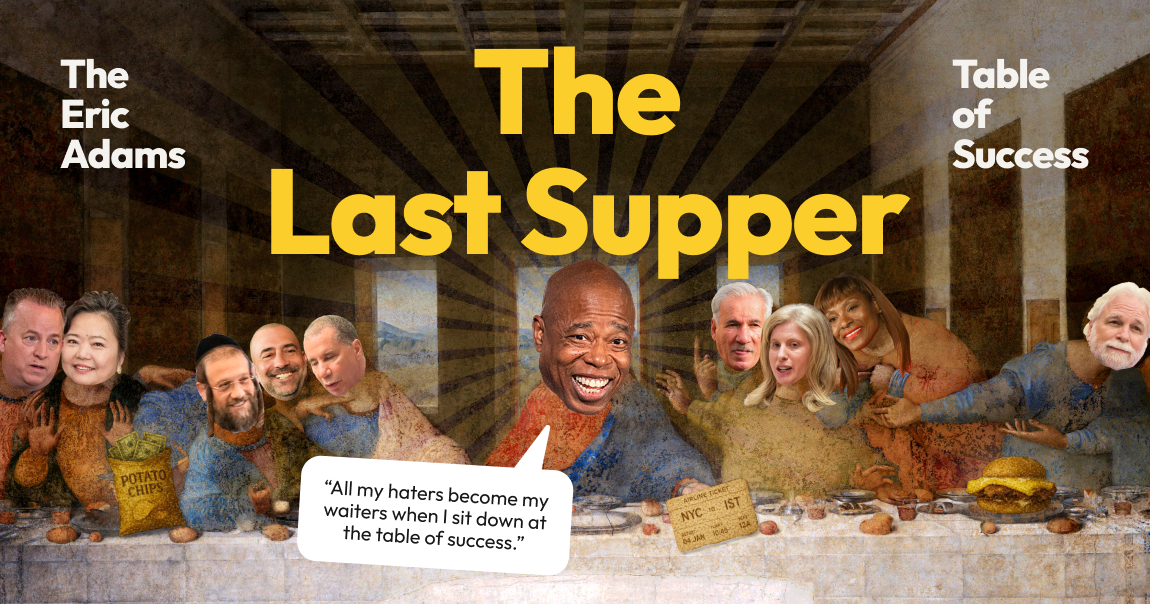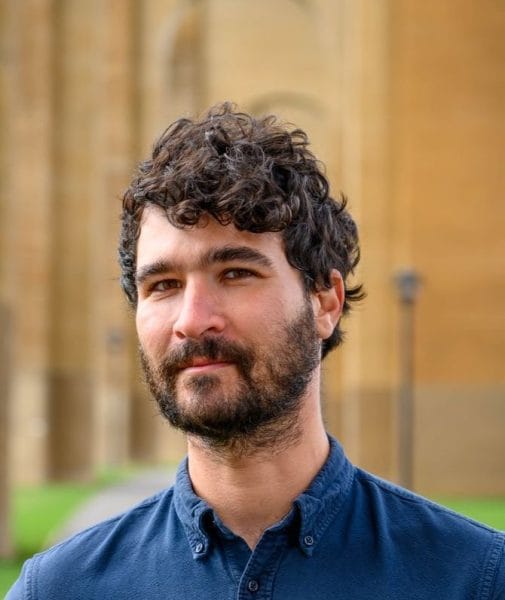For roughly 250,000 New Yorkers, the state's Consumer Directed Personal Assistance Program (CDPAP) program has undoubtedly changed their lives. The 30-year-old program, which allows qualifying New Yorkers, usually seniors and people with disabilities, to use the state's Medicaid program to pay for home care services, has seen enrollment increase over the past several years, as eligibility requirements loosened and public information efforts encouraged New Yorkers who were already taking care of loved ones at home to finally be paid for the care they were providing. In the consumer-directed model, people get to choose who their paid caregivers are through third-party intermediaries. Sometimes, but not always, they end up hiring a family member or friend who is already providing care to them.
But Governor Kathy Hochul has considered the program, which costs the state $9 billion per year, a "racket" that is being exploited by greedy families and unscrupulous operators. At the same time, new minimum wage laws have raised wages for workers in the field. In an effort to cut costs, Hochul announced a year ago that the hiring companies, known as fiscal intermediaries, would be put out of business and replaced with one single clearinghouse through which New Yorkers could hire caregivers. In October, she chose Public Partnerships LLC, or PPL, a Georgia-based company.
That choice has been controversial, alarming many New Yorkers. The state's Department of Health argued that the transition to Public Partnerships LLC, which was supposed to take effect April 1, would cut down on fraud and make the system far more efficient.
But families enrolled in the program see the move as an effort to throw people off the program. Consumers and individual caregivers must re-enroll in the program, and have run into technical glitches and general issues with onboarding to PPL. A lawsuit has aimed to stop the transition and a federal judge has pushed back the transition deadline. Another hearing is set for tomorrow.
Meanwhile, thousands of dollars are being spent by groups cloaking their identity in an effort to stall the transition, ultimately leading to general confusion not just for the families that rely on the program, but for anyone whose livelihood relies on this program.
To understand what all of this means for caregivers and their loved ones, Hell Gate spoke with Maggie Ornstein. She's been a caregiver for her mother Janet for the past 29 years, after Janet suffered a catastrophic brain injury. Janet has been receiving care via aides she hired through CDPAP for two years, all of which Ornstein helps manage, while Ornstein continues to provide care herself. And even though Ornstein is incredibly plugged in to what's going on, she's having trouble navigating her way through the shift. "They're calling it a transition, but it's really a restriction," she told Hell Gate. "People will fall out of this program, people will not be able to manage this transition because of the way it's being done." (Ornstein is an outspoken advocate for home care, and has been a voice against this transition.)
In a statement, the state's Department of Health told Hell Gate that "more than 93 percent of CDPAP consumers have started or completed their registration as part of this transition."
The statement continued, "We've made this progress despite the fact that dark money groups spent $10 million lobbying to disrupt the transition and confuse consumers and workers. The state's much-needed reforms will protect home care users who rely on CDPAP, while also protecting all New York taxpayers by putting an end to years of runaway administrative costs."
This interview has been edited and condensed for clarity.




